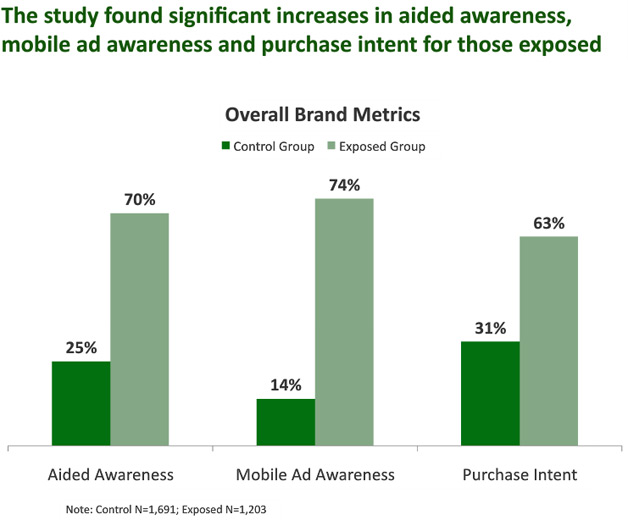According to a recent study by PlaySpan, over one in four consumers spent money on virtual goods in 2011, with gamers spending an average of $64 a year. These figures represent a 100% increase from 2009. The rise in consumers helped make virtual goods a $2.3 Billion industry last year.
“Consumer acceptance of virtual goods represents a huge growth opportunity, not just for game publishers, but for all digital content companies,” said Karl Mehta, founder of PlaySpan. “We believe we will continue to see a positive growth trend in games and that virtual goods will expand across multiple industries, such as music, movies, social gifting, and rewards, to name just a few. Data we’ve uncovered in our study should help producers and distributors of all digital content fine tune their strategies for reaching audiences across some of today’s most commonly used platforms.”
It’s not surprising that purchases are predominantly male. Nearly 50 percent of males 24 and under said they bought a virtual good in 2011. By contrast, only 15 percent of females in that same age group made the same claim. Surprisingly, females between the ages of 35 and 44 show the largest participation among women in the purchase of virtual goods–23 percent.
Reasons for buying virtual goods are varied, but mostly have to do with expanding, enhancing, or boosting performance in their gaming experience. The findings break down like this:
Reason for purchase vs. Percent who bought
To be able to do more: 59 %
To get a better experience playing: 49 %
To reach an advanced level or state: 35 %
To decorate or develop my avatar or to express myself: 32 %
To improve my skills: 27 %
To beat my friends: 17 %
To continue progressing or have more fun: 16 %
To achieve a common goal with a friend: 14 %
To show off a brand or think I like in real life: 10 %
Most purchases are made through a console (XBoxLive or Playstation Store), or directly within the game, or both, as multiple answers were allowed in the survey. About 48 percent purchased on their console, 42 percent bought within a game application, 40 percent bought prepaid game cards at retail stores, 16 percent bought in an online store, and 13 percent bought at a game publisher’s site.
These goods also show tremendous growth potential. Among U.S. gamers who have not purchased a virtual good, 70 percent show a willingness to do so


